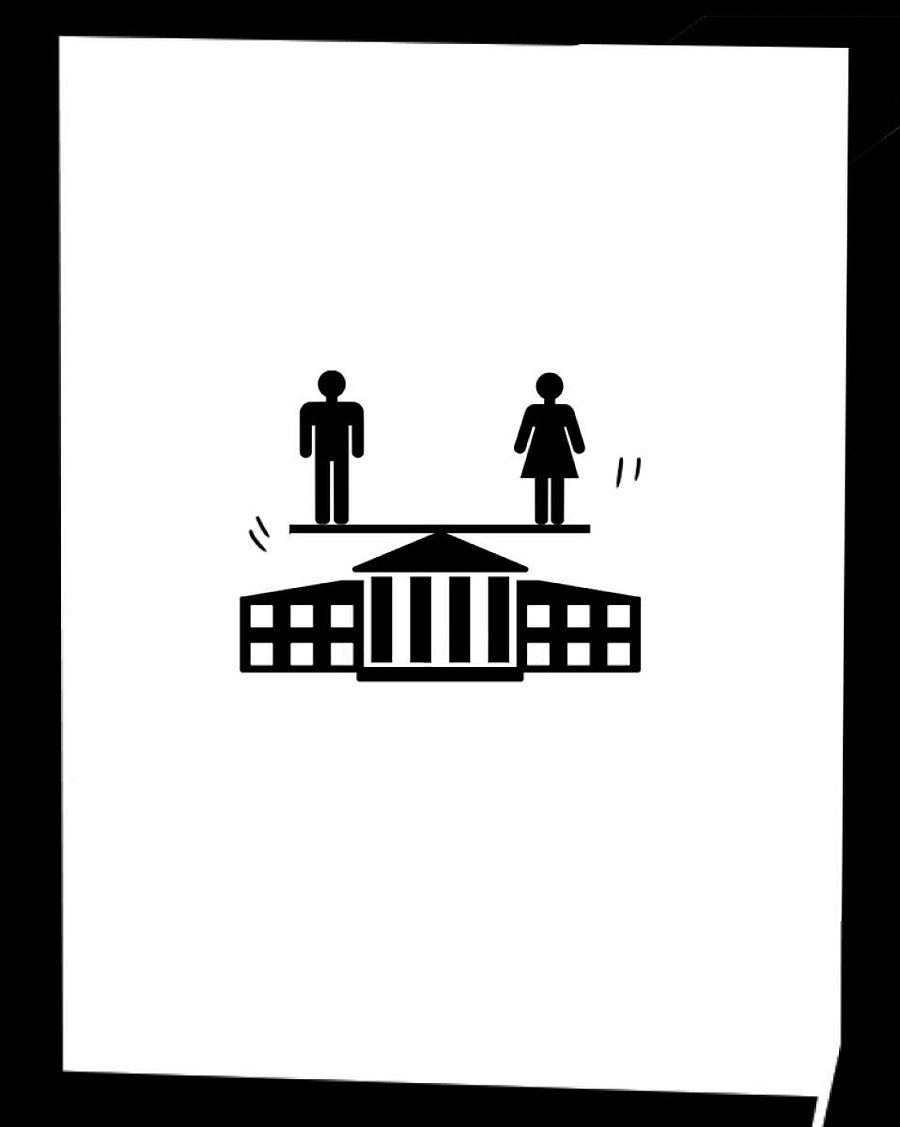
The unnamed should not be mistaken for the non-existent.
--Catharine MacKinnon
There is an urgent need for the government to enact special, gender-neutral legislation for curbing sexual harassment at Higher Educational I(HEIs) in India. The current University Grants Commission (Prevention, Prohibition, and Redress of Sexual Harassment of Women Employees and Students in Higher Education Institutions) Regulations, 2015, conveniently extend the Sexual Harassment of Women at Workplace (Prevention, Prohibition, and Redressal) Act, 2013, protecting women at all work spaces, to all students and faculty in HEIs. This extension is extremely problematic.
The Vishaka guidelines and the 2013 Act in India are efforts to secure physical security rights for women at the workplace, and the legislative intent is to achieve a decent and inclusive work world. Evidently, sexual harassment as a phenomenon in the HEI domain has been left largely unidentified and unregulated.
The meaning and concept of a decent work world are quite different from a healthy learning environment in HEIs. There is greater camaraderie, informal relations, and openness in a university context than there is in a professional work environment. Arguably, the UGC Guidelines 2015, by extending the application of the 2013 Act to HEIs, conflate working women and students in HEIs, thereby trivialising, overlooking, and excluding a diverse set of needs, circumstances, and vulnerabilities of the student body, especially millennials.
For example, the forms of harassment that the law recognises in the employment context, i.e., ‘quid pro quo’ and ‘hostile work environment’ do not resonate in the HEI domain. Rather, online sexual harassment is the newest and most rampant form of sexual harassment across HEIs, as reflected in a 2020 study titled Sexual Harassment in Higher Education: A Systematic Review. The study has revealed that an estimated 73% of heterosexual women and 26% of heterosexual men have experienced sexual harassment in global higher education systems. It has been reported that more than half of students and faculty who had experienced sexual harassment chose not to report the events to the institutional management.
HEIs have not taken action in routine instances that occur on campuses: spreading rumours about a fellow student’s sexual life on Instagram using a false account and proxy server; posting false accusations against a strict female faculty member on social media; elevator glance of a faculty member, cracking sexist jokes; commenting on a faculty member’s physique; homophobic bullying by students or faculty; using derogatory names like ‘fag’, ‘slut’, ‘whore’, ‘homo’, ‘queer’; sexual gestures like winking and licking lips; sending pornographic Whatsapp messages; stalking on social media; sexual innuendos; sending lingerie to female faculty members through an untraceable mobile wallet; a standalone act of kissing or hugging a fellow student in a cultural fest under the influence of alcohol; and blocking someone’s path to brush up against one’s body.
There is confusion among students about the scope of the sexual harassment law in HEIs, its coverage, and its implementation. Rather, most students and staff have the misconception that, like the 2013 Act, the UGC Regulations 2015 protect only heterosexual women and are a tool to target heterosexual men. As such, individuals other than heterosexual women and belonging to marginalised communities like rural, ethnic, religious, linguistic, class, sexual minorities, and persons with disabilities—who are more exposed to sexual harassment than other groups—end up being excluded from protection due to misconceptions, unclear phraseology, and confusing definitions.
An abysmal 406 institutions, out of a total of 55,000 HEIs in India, filed a status report on sexual harassment cases on their respective campuses between April 2020 and March 2021. While almost all institutions have complied with the formal legal requirement and constituted the Internal Complaints Committee, ironically, most of them reported ‘zero’ or ‘one’ case of sexual harassment during 2020–2021. The number of cases disposed of during the period for most institutions was also ‘zero’. Further, nearly all institutions had conducted a minimum of ‘one’ sexual harassment awareness and training programme during that year. In the column for action taken, while most institutions reported ‘none’ or ‘nil’ some observations are indeed worth noting.
One college suspended the perpetrator while another reported solving the case by ‘natural law of justice and advised rehabilitation’. In another college, the accused faculty member sought voluntary retirement, while a few conducted self-defence workshops and guest lectures on ‘gender’ and ‘street harassment’ for only female students and staff. Female students were imparted lessons on provocative clothing, and the college instituted dress codes for their safety. An all-girls college reported that “Ours is a girls college, so there is no such case found,” while another college reported that because it was located in a small township, there was no case. In some colleges, ‘affected’ students were counselled, and their parents were arraigned.
Shockingly, none of the HEIs reported any conversation around abuse of power, nuanced consent, the credibility of victims, intimate partner relationships, or collective shifts in consciousness among individuals. As such, student victims experience feelings of embarrassment and humiliation; fear of retaliation by perpetrators, especially if it is a faculty member; lack of faith in the institutional mechanism, which reinforces sex stereotypes and traditional gender roles; and they get tired of the long and tardy complaint and inquiry process. No wonder if dejected victims end up ranting on social media rather than following the due process of law, which they believe dehumanises their experiences. An exclusive new sexual harassment law for HEI will help reform the perpetrator, ensure a fair closure for the victim of sexual harassment, and maintain a congenial learning environment for all students.
(Prerna Dhoop is an Asst.
Professor at NLSIU, Bengaluru.
Vandana Dhoop works at TISS, Mumbai)